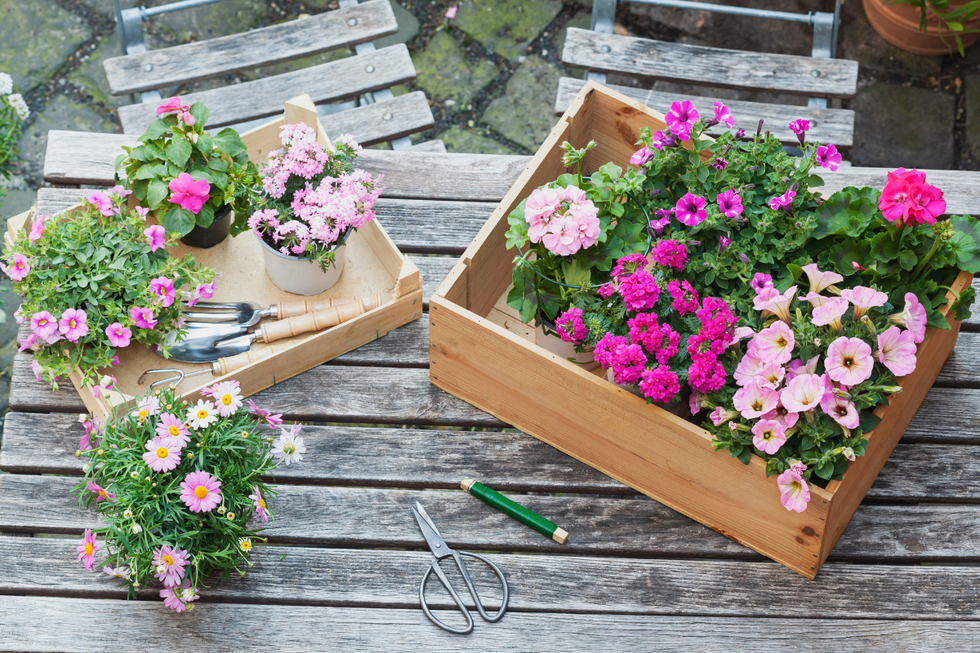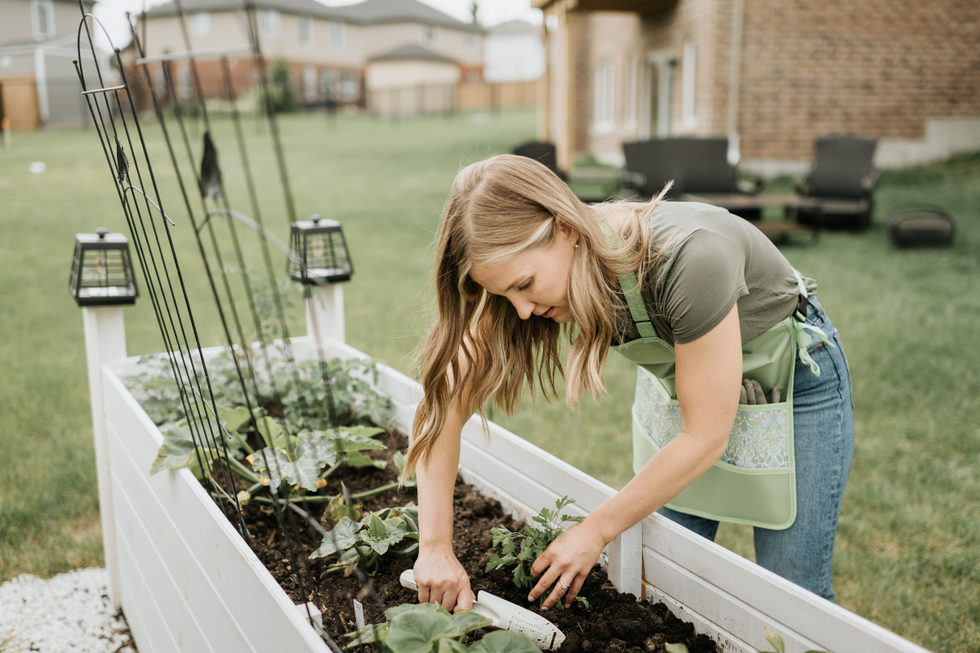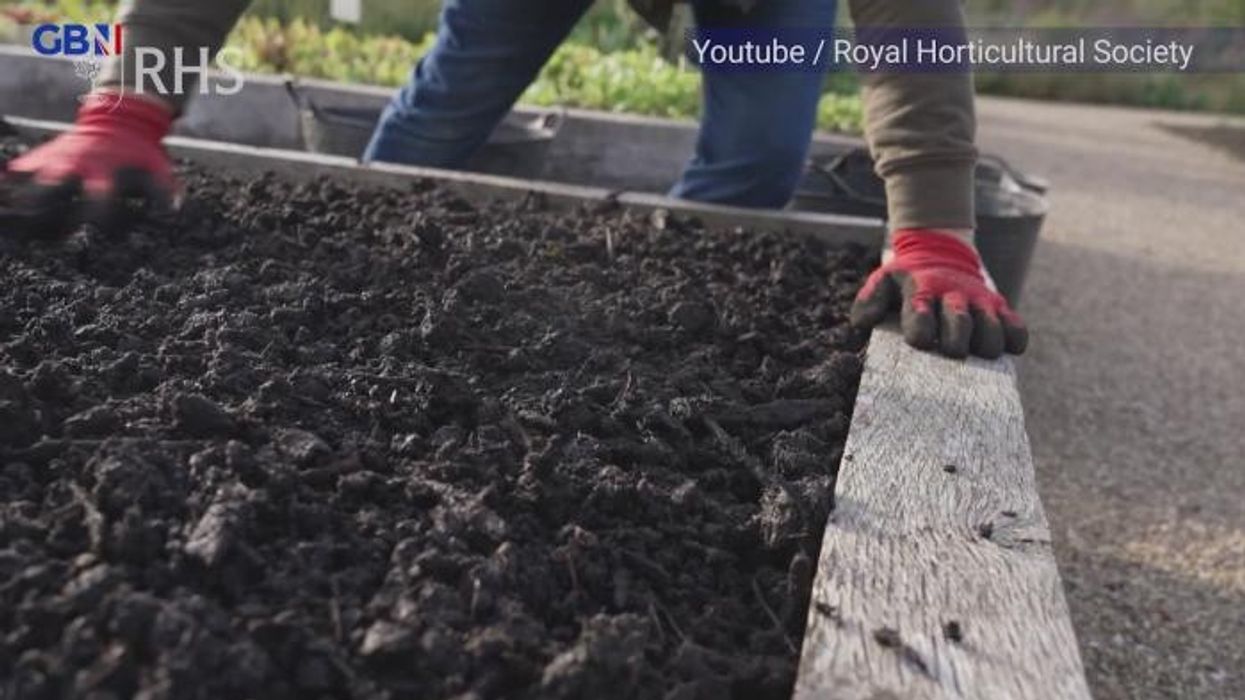Gardeners alerted to 'essential' steps to protect flower beds for years - 'Don't just build for the moment, build for longevity!'
Preparing your garden structures for the classic British weather is crucial, a specialist declared
Don't Miss
Most Read
Latest
British gardeners are increasingly turning to timber sleepers as a sophisticated solution for creating raised beds, retaining walls as well as outdoor seating areas to enjoy all summer long.
Perfect for any garden, it comes as no surprise that the versatile wooden flower beds have become a favourite among landscaping professionals and beginner gardeners across the country.
But, proper installation techniques are crucial for ensuring these garden features endure Britain's damp weather conditions, driving construction specialist Sue Taylor to advise green thumbs: "Don't just build for the moment, build for longevity."
And, with the nation's damp climate posing a particular challenge, understanding the correct methods for protecting timber sleepers has become essential for any gardener hoping to create lasting outdoor structures, she said.

Treating wood properly can help ward off the risk of rot
|GETTY
Of course, Britain's rainy conditions create ideal circumstances for fungal growth that can destroy wooden garden structures, which is dangerous for the timber.
"These organisms feed on the wood's cellulose and lignin, gradually weakening and destroying it," Sue explained.
Timber in contact with earth or moisture faces particular risk of deterioration - but, fortunately, regular application of antifungal treatments forms a critical defence against these threats.
"Wood preservatives are specifically designed to protect against rot, fungi, and wood-boring insects," the expert clarified, explaining how she favours oil-based treatments for their superior penetration and water-resistant properties.
LATEST GARDENING TIPS AND TRICKS
Even pre-treated timber requires additional protection before installation, particularly on any exposed surfaces.
Meanwhile, water accumulation can pose a substantial threat to timber longevity; Sue added that "proper drainage is essential" recommending sloped surfaces and foundations that prevent water pooling.
Additionally, adequate air circulation proves equally vital for timber preservation, with ventilation being "key", requiring "adequate airflow around and under wooden structures" to help them dry out quickly after rain and reduce humidity, the specialist said.
And, next, "the cut ends of timber are particularly prone to moisture absorption because the wood fibres are exposed," Sue explained.
But, applying several coats of treatment to these vulnerable areas is recommended as a preventative measure, from end grain sealers to generous applications of wood preservative.

If cared for properly, the structures should last for years
|GETTY
Additionally, direct ground contact can accelerate timber decay, leading Sue to instruct: "Where possible, elevate wood off the ground to prevent direct contact with damp soil and standing water after it rains."
Practical solutions include positioning sleepers on gravel foundations, concrete footings or drainage membranes - all of which can substantially extend the lifespan of garden structures, particularly in areas susceptible to waterlogging.
So, in summary, thoughtful preparation and preventative measures will ensure timber sleepers stay structurally sound for years, according to Sue.
And, sure enough, with proper treatment, drainage and elevation, these attractive garden features will continue to enhance British gardens for years to come.











